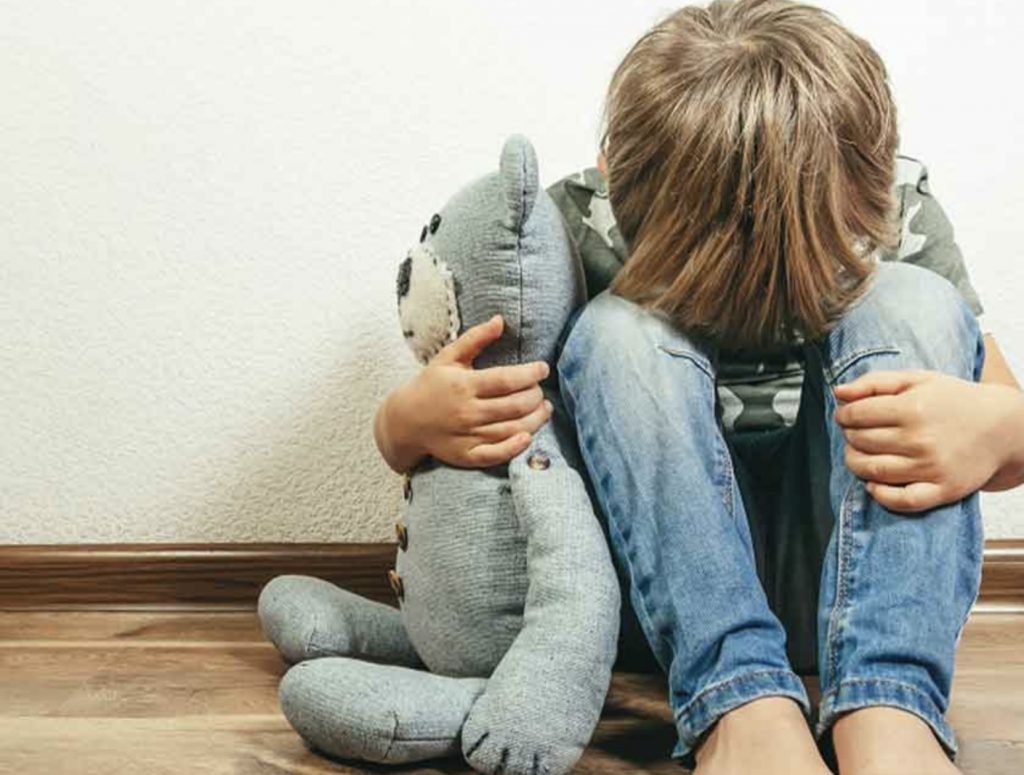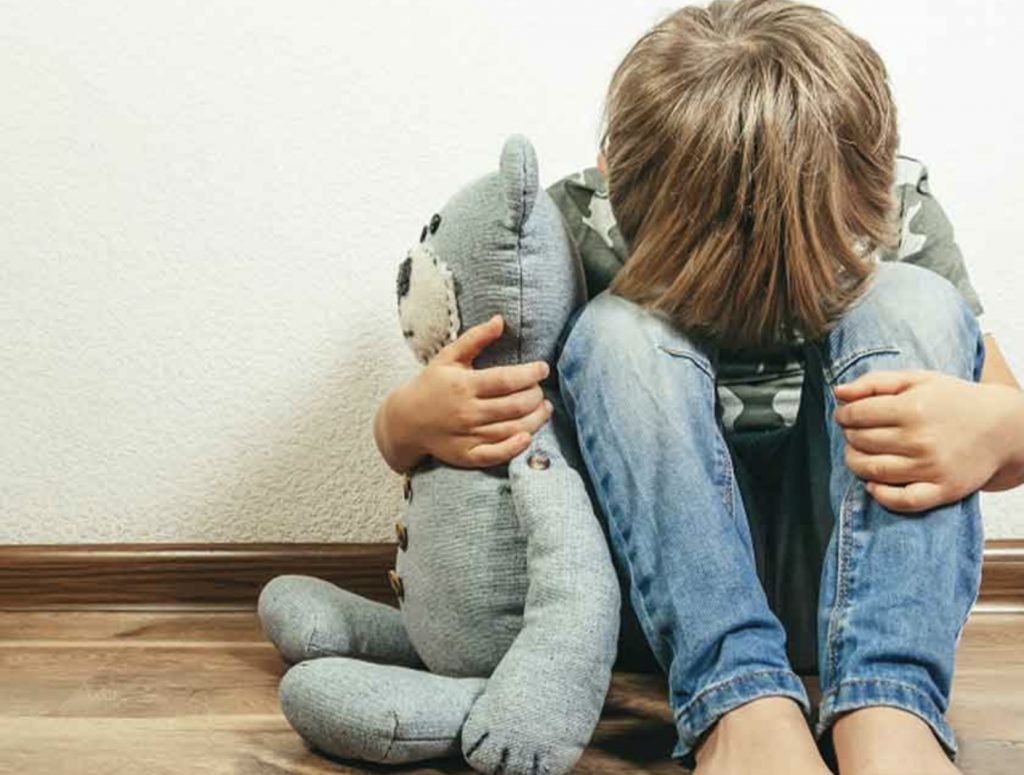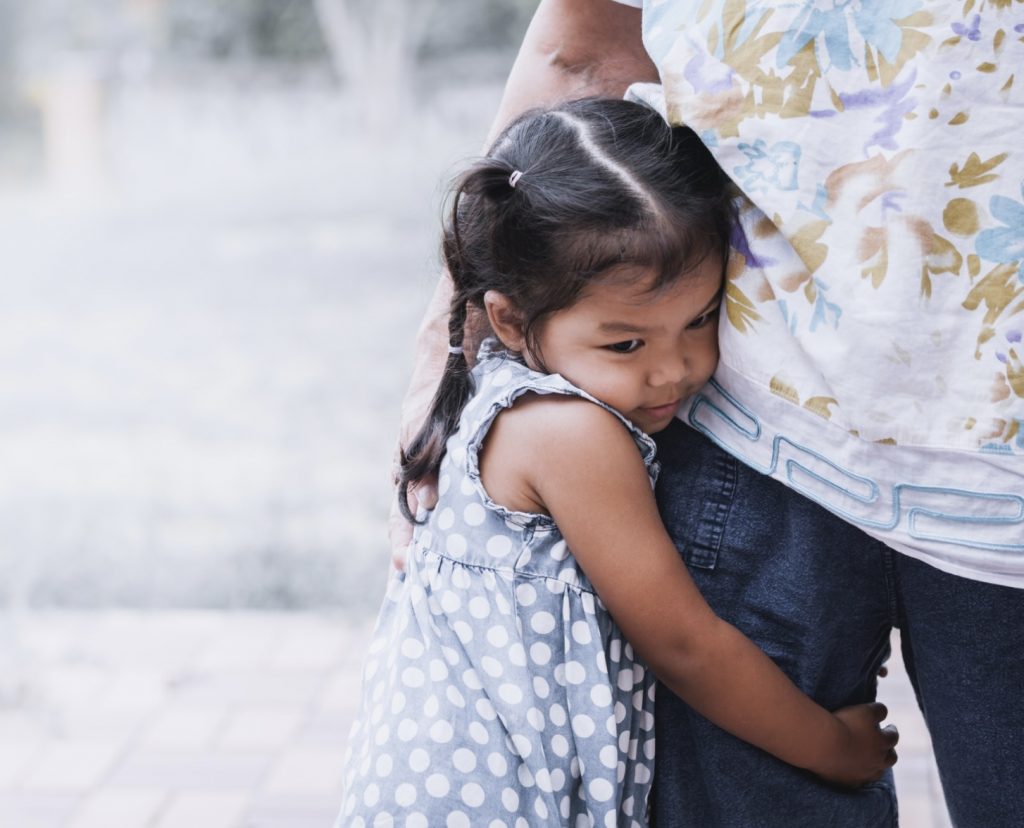Warning Signs of Anxiety in Children


Anxiety is a natural response to stress, excitement, or anticipation, and experiencing it occasionally is completely normal. However, when anxiety becomes persistent or overwhelming—disrupting daily life—it may signal an anxiety disorder.
For many children, understanding and expressing their emotions can be challenging. That’s why recognising the warning signs of anxiety in kids is so important—early identification is key to providing effective support.
Even if you experience anxiety as an adult, this blog may still be useful. Anxiety often manifests differently in children than in adults, so understanding these differences can help you support a child in your life, whether it’s your own child or a pupil in your care.
Anxiety in children is often dismissed as typical worry, but for many, it can involve intense feelings that they may struggle to express. Various factors can trigger anxiety in children, including academic pressure, the need to fit in, family changes, bullying, and more.
While some children experience situational anxiety—temporary feelings of worry that arise in specific circumstances—others may struggle with chronic anxiety. Chronic anxiety is a persistent sense of worry and stress that may not have an obvious cause, but can significantly impact a child’s well-being. Recognising the difference is crucial in providing the right support.
Whilst signs of anxiety can look different in child here are the key signs
• Irritability or Mood Swings: Becoming easily frustrated, crying frequently.
• Clinginess or Avoidance: Refusing to be alone, avoiding social situations or new experiences.
• Restlessness: Difficulty concentrating, easily distracted, or fidgeting.
In addition to these emotional signs there are also physical symptoms such as;
• Frequent stomach-aches or headaches: Anxiety can manifest as physical discomfort.
• Sleep Problems: Trouble falling asleep, nightmares, or waking up frequently.
• Changes in Appetite: Eating too much or too little due to stress.
• Tense Muscles: Complaints of body aches or restlessness.
It is natural for children to experience anxiety from time to time, especially during exams or friendship challenges. However, it’s important to recognise when their anxiety goes beyond typical worries and becomes persistent or overwhelming. If anxiety starts significantly affecting daily life—such as refusing to go to school, struggling academically, or experiencing frequent emotional breakdowns—it may be a sign of a chronic anxiety disorder. In such cases, seeking support from a school counsellor, therapist, or paediatrician can be an essential step.

If you’re a parent or teacher witnessing a child struggle with anxiety, it can feel daunting. However, there are many ways you can offer support. One of the most important things is fostering an environment of open communication. Avoid dismissing their feelings, even if they seem irrational or difficult to understand. Encouraging them to talk openly can help alleviate their worries and lay the foundation for seeking additional help.
Teaching children mindfulness and relaxation techniques can also be incredibly helpful. Simple practices like deep breathing exercises—such as the 4-7-8 technique—or mindfulness activities can help them navigate their emotions more effectively.
While these strategies can be beneficial, professional support may sometimes be necessary. If therapy feels inaccessible or your child isn’t comfortable with it, resources like Lumii.me can provide a safe space for them to express their feelings. The app can also notify parents or teachers if a child shares something concerning. However, if therapy is an option that you and your child feel comfortable with, it can be an invaluable tool for managing anxiety in the long term.
Finally, supporting a child with chronic anxiety can be emotionally demanding. Remember to take care of yourself as well—seeking support for your own well-being will allow you to be the best advocate for the child in your care.
In summary, recognising the signs of anxiety in children is crucial, as early intervention can make a significant difference. While anxiety can be challenging, it is manageable with the right approach. Every child experiences anxiety differently, so it’s important to take the time to find what works best for them.
I hope this blog has been helpful! If you’re looking for additional support or resources, we’ve linked some useful information below.
See you next Monday, when we’ll be exploring the warning signs of depression in children.
Resources
• Mind – https://www.mind.org.uk
• Samaritans – Call 116 123 or visit https://www.samaritans.org
• Rethink Mental Illness – https://www.rethink.org
.